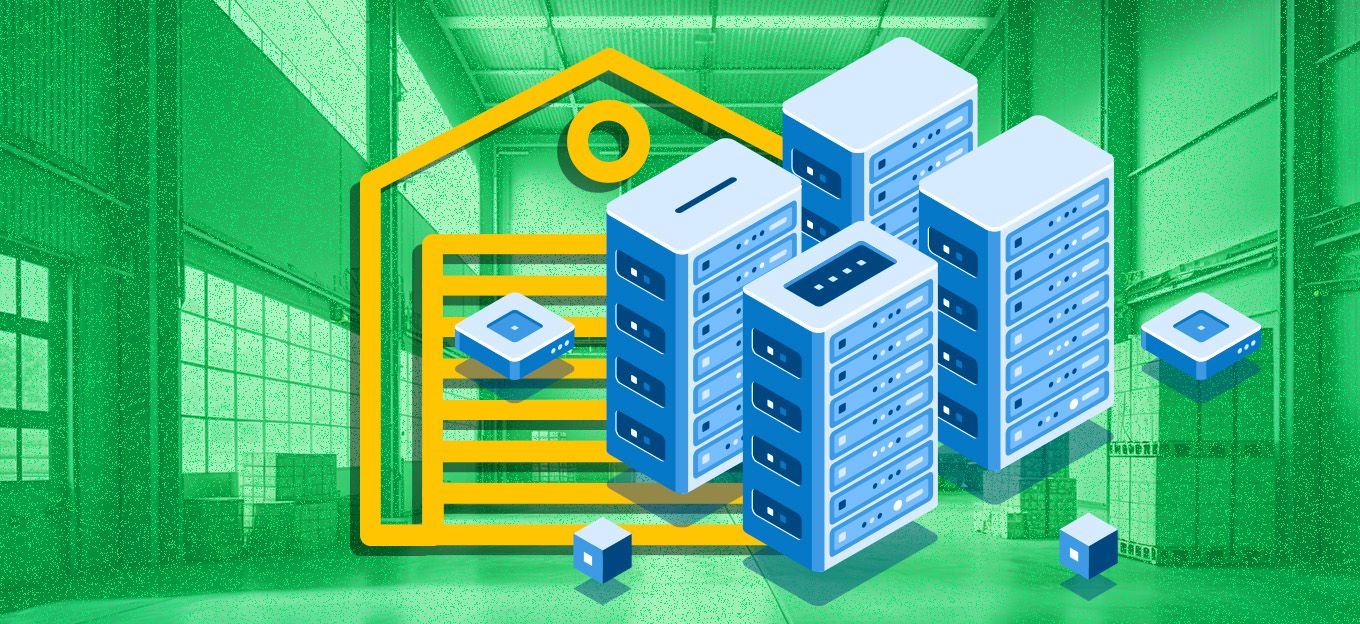Kimball vs. Inmon: Choosing the Right Data Warehouse Design Approach
Kimball vs. Inmon: Choosing the Right Data Warehouse Design Approach
- Last Updated: August 28, 2025
Andrej Kovacevic
- Last Updated: August 28, 2025



Any company seriously considering the mass adoption of IoT technology must prepare itself for the avalanche of data that comes with it. One of the most effective ways to do this is to create a data warehouse to manage it all.
As with many things in the realm of big data, there's more than one way to approach the task. The good news is that two major design approaches cover almost any need. They are the Kimball and Inmon methodologies. Here is a primer that explains both.
We'll cover the specifics of each as well as their relative strengths and weaknesses. If you're facing the choice between the two, that should equip you to make a sensible choice.
The Kimball Data Warehouse Methodology
The Kimball methodology is the brainchild of Ralph Kimball, an early pioneer of data warehousing technology. It's a method that derives from the principle that any large-scale data warehouse must be both understandable and fast. To serve that aim, the Kimball methodology employs a bottom-up approach to data warehouse design.
The Kimball process begins with the identification of a business process that some subset of the data warehouse must serve. After defining the process, the method proceeds to the determination of a data grain and table dimensions for the related data tables. Those become the foundation of a data mart built to serve the selected business process.
After designing structures to support each business process, the next step is loading data into them using ETL tools. The process begins with data loading into a staging area, where it can be filtered out to each data mart as necessary.
The Advantages of the Kimball Methodology
Adopting the Kimball methodology when constructing a data warehouse will confer upon it multiple advantages vs. other approaches. They include:
- Quick Setup – The Kimball methodology doesn't require data normalization. That cuts down on preparation time and helps get a data warehouse up and running quickly.
- Operator Comprehensible – The Kimball methodology results in a data warehouse that's easy to comprehend for users. That facilitates faster query building and data analysis.
- Small Footprint – By breaking down the data mart organization on a per-process basis, the Kimball methodology results in a small database footprint
- Fast Data Retrieval – The highly granularized organization inherent in the Kimball methodology makes data retrieval quick and performant.
The Disadvantages of the Kimball Methodology
For all its advantages, the Kimball methodology has some downsides. In some cases, its shortcomings can make it a poor option, depending on your use case. Its disadvantages include:
- No Single Source of Truth – A lack of data integration means a data warehouse designed with the Kimball methodology lacks a single source of truth.
- Data Duplication Possibilities – The denormalized structure of data in a Kimball methodology data warehouse makes data duplication likely.
- Difficult to Alter – As a Kimball methodology data warehouse employs a bottom-up design, altering its structure isn't easy. That can make adaptation to changing business needs difficult.
The Inmon Data Warehouse Methodology
The Inmon data warehouse methodology gets its name from Bill Inmon. He's often referred to as "The Father of Data Warehousing" in recognition of his many contributions to the field. His methodology stresses a top-down design approach that normalizes data and avoids redundancy. In most cases, an Inmon data warehouse's structure comes to resemble the organization it serves.
The development of a data warehouse using the Inmon method begins with the creation of individual data marts for each business unit. In effect, this results in a data warehouse with multiple, interconnected silos drawing data from the same pool. It's an arrangement that's far less granular than that of a Kimball data warehouse.
However, an Inmon data warehouse relies on normalized and deduplicated data. That results in easier data loading, but far more interconnection between data marts.
The Advantages of the Inmon Methodology
Data warehouses developed using the Inmon methodology have significant advantages, particularly for large businesses. They include:
- An Enterprise-Wide Single Source Of Truth – By relying on a single, shared, and normalized data set, an Inmon data warehouse can function as a single source of truth.
- Reduces Data Update Issues – With little to no data redundancy, an Inmon data warehouse won't suffer from update irregularities and conflicting entries.
- Easy To Alter – With its top-down logical arrangement, an Inmon data warehouse is easy to update and change as business needs demand.
The Disadvantages of the Inmon Methodology
Data warehouses designed using the Inmon methodology have a few disadvantages worth discussing. They include the following:
- Ever-Increasing Structure Complexity – The top-down organization of an Inmon data warehouse results in increasing structural complexity with long-term use.
- Extended Setup Time – The need for data normalization means that setting up a data warehouse with the Inmon method is often time-consuming.
- Requires Expertise To Manage – The complexity of the Inmon data structure makes it less comprehensible to end users. That increases the expertise required to manage and operate an Inmon data warehouse.
Making the Right Choice
Ultimately, both the Kimball and Inmon methodologies achieve many of the same ends. And there are no hard and fast rules that make choosing between the two easy. Speaking generally, however, Kimball data warehouses work best for smaller organizations that don't anticipate significant structural changes.
They offer an excellent combination of granularity, specificity, and speed. However, larger organizations with the resources to maintain an Inmon data warehouse would do well to choose one. They're far more capable of adapting to changing business needs and reducing the odds of data errors that can result from large-scale employee data access.
The Most Comprehensive IoT Newsletter for Enterprises
Showcasing the highest-quality content, resources, news, and insights from the world of the Internet of Things. Subscribe to remain informed and up-to-date.
New Podcast Episode

What is Hybrid Connectivity for IoT?
Related Articles




